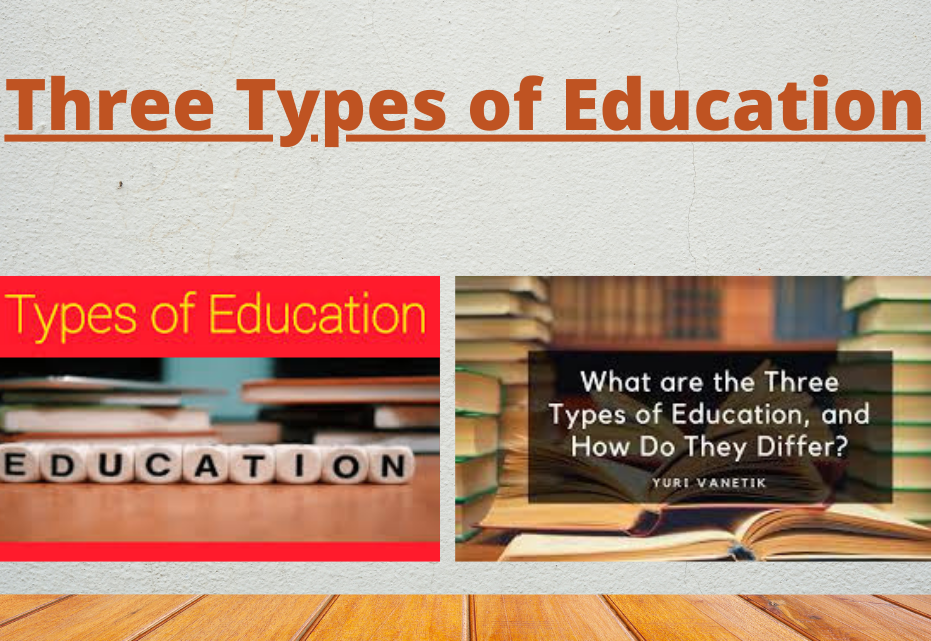International teaching experience can be an enriching experience. It provides the opportunity to work in different cultures and learn from different perspectives. It also allows teachers to gain experience in different educational systems, which can benefit their professional development. It can also open up new career opportunities, as international teaching often involves networking with other educators worldwide. Furthermore, it can be a great way to travel and explore new places and cultures. Overall, international teaching experience provides the opportunity to gain valuable skills and knowledge, develop professional networks, and travel to new and exciting places.
Read Also: Benefits of E-Signatures when Signing PDFs
Overview of the American education system
The American education system is based on public and private schooling, if you want to become a teacher in the U.S. They follow a standardized curriculum nationwide. Students typically attend pre-kindergarten from ages 3-5, kindergarten from ages 5-6, and elementary, middle, and high school. After high school, students may pursue higher education in colleges and universities.
The federal and state governments heavily regulate the system, with the US Department of Education setting policies and standards that foreign educational credential evaluation services also follow. Education is highly valued in the US, and much emphasis is placed on providing quality education to all students, regardless of race or socio-economic background.
Explanation of the differences between American and international education systems
The primary difference between American and international education systems is the structure. In the US, education is typically divided into elementary, middle, and high school, with some states offering kindergarten or pre-K. Internationally, education is often divided into primary and secondary levels, with various types of post-secondary learning available.
Additionally, American schools focus on providing a well-rounded education with various course offerings, while international schools often have a more focused curriculum. Furthermore, in the US, most students attend public schools, while international students often attend private schools.
Read Also: 8 Smart Tips For Choosing The Right Degree Program
How to become a teacher in U.S. -Understanding American Education
Process of translating foreign context to American context through teachers’ point of view
Three stages—Translation, Review, and Quality Assurance—make up the translation process. Since a separate person handles each stage, numerous people thoroughly review your paper to ensure high quality. A project manager keeps track of every procedure step and interacts with clients.
Stage 1: Translation
One translator will receive your document for each language you need to translate. First, ITC assigns translators with experience in your field who also hold degrees and certifications to work on your project. After that, each translator converts your file into their tongue and sends ITC the translation.
Step 2: Proofreading
Your source file and the translation are then forwarded to a different linguist by ITC. Also, proofreaders are experts in the specific language you require. They ensure that each line is accurately translated, that it makes sense and sounds natural in the target language and that there are no grammatical or spelling mistakes. The translator is then returned to ITC with the proofreader’s edits noted, and comments added.
Step 3: Quality control
The translators review the edits and comments and add them to the file. They ensure that everything appears decent and the translation layout matches the original. The translation is then given to you.
Challenges that teachers with international experience may face in the American job market
- Teachers with international experience may face some challenges in the American job market.
- They may need to familiarize themselves with American teaching standards and curricula, making it difficult to adjust to local expectations.
- Additionally, they may need more certifications for teaching in the US and thus may need help finding positions.
- Language barriers can also be an issue, as international teachers may need to prove proficiency in English.
- International teachers may be subject to discrimination or may be perceived as unqualified, regardless of their experience and qualifications.
The following measures must be made to provide teachers with the necessary tools to perform their jobs effectively
- Luring enough competent and motivated individuals to the profession
- The provision of incentives like health insurance, retirement and pension plans, housing or suitable accommodations, and transportation allowances for those who work in remote rural communities
- Raising salaries to become properly relative to those paid to other professionals in equivalent occupations
- Appropriate and manageable class sizes or the deployment of alternate staffing patterns, such as teacher-aides
- Supply of basic amenities in classrooms, suitable equipment, learning materials and supplies, and maintenance of school structures
- Sufficient pre-service and ongoing training to prepare teachers to deliver high-quality instruction;
- Establishing accountability systems, setting up group learning programs for teachers and supervisors, and providing proper supervision and support for instructors
- Including teachers in the creation and revision of educational policies and programs.
Read Also: 5 Ways to Study for the MOCA-Peds Exam
Different types of teaching opportunities available in America
- Traditional Classroom Teaching – This is America’s most common teaching opportunity and involves instructing students in a traditional classroom setting.
- Online Teaching – This type of teaching is becoming increasingly popular as it allows teachers to teach remotely and reach students worldwide.
- Distance Learning – This type of teaching involves creating and delivering instruction to students from a distance.
- Special Education – Special education teachers work with students with disabilities or special needs.
- Adult Education – This teaching type focuses on helping adults learn a new skill or gain more knowledge.
- Homeschooling – Homeschooling is a popular option for families who want to provide their children with a personalized education.
- Vocational Education – This type of teaching involves instructing students in vocational and technical skills.
- ESL Teaching – This type of teaching involves instructing students to learn English as a second language.
FAQ’S
Common questions and answers for teachers with international experience seeking American opportunities
Q: What resources are available for teachers with international experience seeking American teaching opportunities?
A: Various resources are available to teachers with international experience seeking American teaching opportunities. Many states have certification reciprocity agreements that allow teachers with international teaching experience to gain certification to teach in the US.
Q: How can teachers with international experience obtain a teaching certificate in the US?
A: To obtain a teaching certificate in the US, teachers with international experience must meet the requirements for the specific state or school district to which they apply. Additionally, some states have certification by portfolio, which allows international teachers to demonstrate their teaching experience and skills to obtain certification.
Q: What are the benefits of teaching in the US?
A: There are many benefits to teaching in the US. Firstly, the US offers various teaching opportunities and settings, including public, private, and charter schools. Additionally, many US school districts offer competitive salaries, benefits packages, and opportunities for professional development and career advancement. Finally, the US is known for its diversity, and teachers have the opportunity to work with and learn from students from different cultures and backgrounds.
Teaching in the US offers many opportunities for international teachers, including competitive salaries and benefits, a variety of teaching settings, and the opportunity to work with students from diverse backgrounds. To get started, teachers should research their state’s certification requirements and determine whether any reciprocity agreements or certification by portfolio options are available. Teachers with international experience can find exciting American teaching opportunities with the right resources and preparation. Why worry when we are here to serve you !! We are just a call away.










